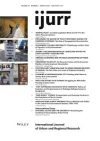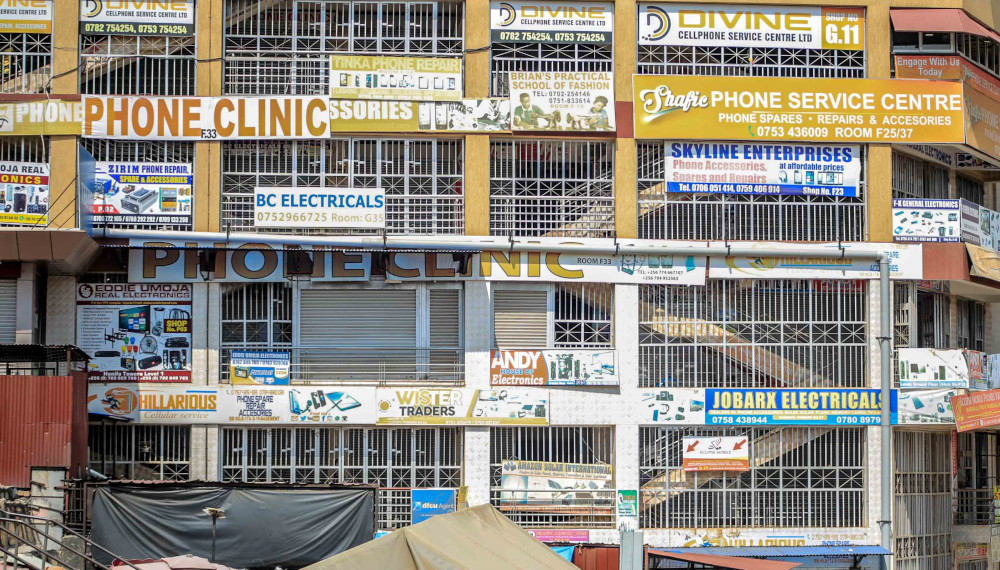
Figure 1: Urban interface of new markets and micro-economies being formed in the digital age, Kampala. Photo: Prince K. Guma, 2021
While digital infrastructure development projects often seek to impose techno dreams and fantasies of smartness upon ordinary places in African cities, urban populations have ultimately translated and hybridized such projects through varied appropriations, contestations, and technopolitics. I have shown in my work how several projects that incorporate mobile-phone-based querying and invoice acquisition, prepaid crediting and remote data collection, and automated incremental billing and payment (see Figures 2 to 5) reveal varied responses from urban populations. Among such projects is a digital metering project for water supply in Nairobi, Kenya referred to as Jisomee Mita (Swahili for Read your Meter) (see Figure 2). While designed and deployed as an extension of the centralized technological paradigm of water supply in the city, in its operation, Jisomee Mita evolved beyond its original automated design, into a hybrid and dynamic constellation upon reconfiguration by both local residents and the utility provider. Residents proved to be inventive at ‘glitching’ the system, sometimes refusing to send meter readings, which forced service providers to revert to surveilling and disciplining households through on-site agents as Figure 2 reflects. Another example is the digital metering project for electricity supply that incorporates mobile payment with the installation of prepaid meters in residents’ households (see, Figure 3). While initially touted by its proponents as a new logic of delivery (allowing users to self-manage their meters, credit and consumption), the way of the future, and a technological solution and best practice for emerging cities, in practice the digital project failed to work as conceived due to situated and contextual complexities and politics. This is because residents ultimately found ways of circumventing the technological systems, especially with enterprising individuals on the ground participating in mobilising dissatisfied users to tinker and reassemble the new technologies in rather unforeseen ways.
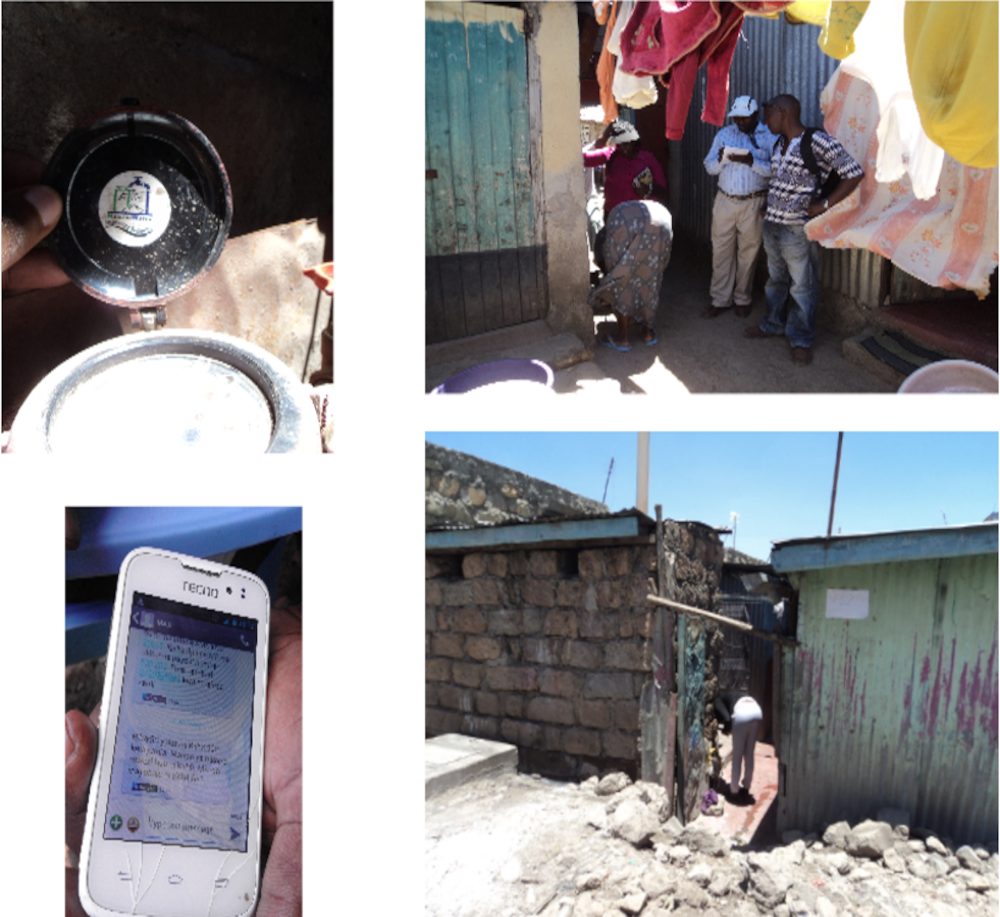
Figure 2: Installations of Jisomee Mita in Nairobi. Photos: Prince K. Guma, 2014-2016
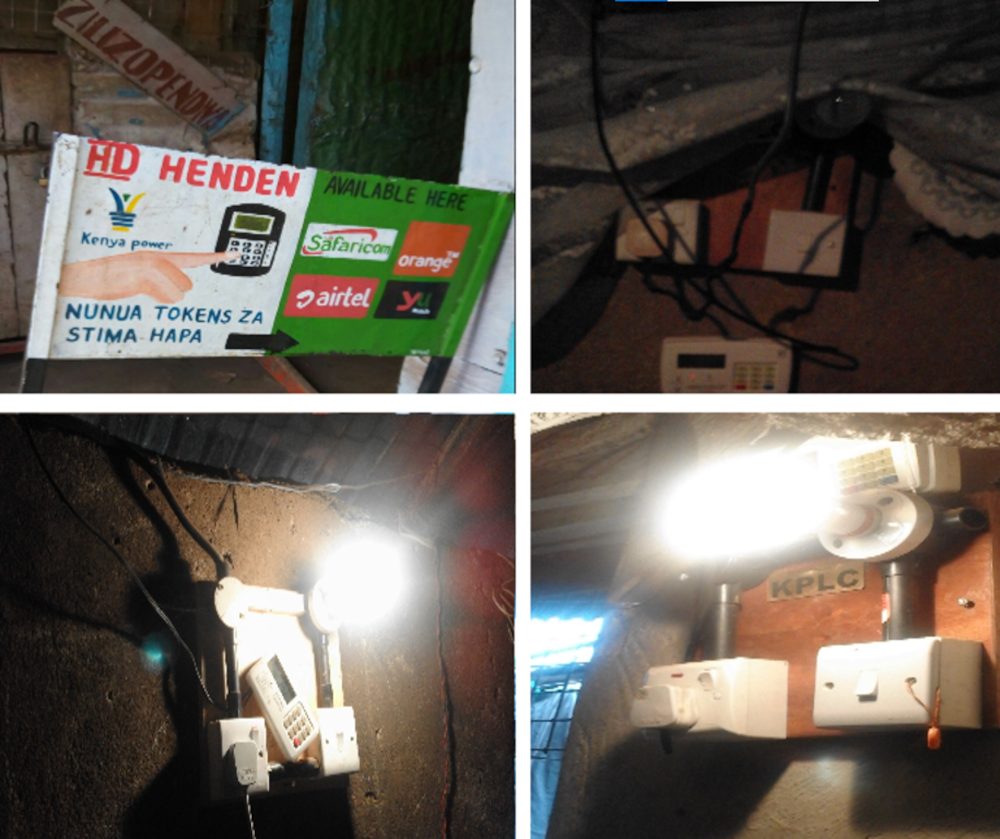
Figure 3: Installations of digital metering systems in Nairobi. Photos: Prince K. Guma, 2014-2016
The above examples highlight wide-ranging appropriations, contestations, and technopolitics of digital infrastructures in urban Africa. For both projects, it became apparent that service providers (i.e., utility and donors) had radically different understandings of the infrastructure intervention from the residents (including end users and intermediaries such as community representatives and gatekeepers). These different understandings sometimes led to conflicting rationalities and other times to adaptations of the projects’ smart tech designs. The above examples also demonstrate how while designed to encourage conformity to the logics of neoliberalism and apolitical and business-as-usual trajectories, urban populations open up standard infrastructures to different passages and possibilities through continuous practices, performances and appropriations. Thus, the digital infrastructures appear to evolve in ways that sidestep the hegemonic processes of city making, as residents give new meanings to infrastructural form beyond original designs.
Urban populations are often inclined to employ tactics that derive from their own ordinary lives as they navigate the different risks, dangers, opportunities, and openings of urban life. Through their own abilities, they modify, rework, and reengineer new and emergent projects to fit their own situated and ordinary ways of life. Sometimes, they are inclined to employ in their everyday lives, creative manoeuvres that range from practices of repair, disruption, improvisation and reproduction within their different and specific households and neighbourhoods. Yet at other times, they are inclined to resist at a micro-level through contestation, contradiction and sometimes eradication such as by trashing and discarding some or all aspects of the infrastructure. They are most likely to act in rather unscripted ways, through a wide range of splintered and incremental responses that emanate in part from different logics, rationalities, sensibilities and calculations that inform and pervade urban life and worlds of populations in megacities.
Urban populations reveal infrastructural domains to be neither immobile nor closed-ended, future proof nor universally explicable. Rather, infrastructure domains are subject to varied possibilities through practices and processes that are resident-initiated. They are facilitated through ongoing negotiation processes as well as micro political actions and intents. Such processes are imperative to acknowledge, as they shape nonlinear progression of infrastructure futures. They explain why smart city plans and techno-utopian dreams often tend to fall short of expectations. They explain why some material infrastructures may outlast others while some may appear to defer from the official and institutionalized modes dominated by technical designs and expectations of the experts and professionals.
Diverse appropriations and contestations of urban populations draw attention to the actual dynamics at ground level. They highlight users’ ingenuity and sociotechnical dreams and visions in shaping ambivalent outcomes, leading infrastructural futures beyond standardized top-down forms. Therefore, in the creation of digital infrastructural futures, urban populations are not to be seen as mere recipients, but as active participants. They are not to be seen as mere users and consumers but also as co-producers (or otherwise prod-users and pro-sumers). As such, urban populations possess social and political power and agency to shape the development and growth of technology and to shape Africa’s infrastructural futures in the digital age. In the following, I demonstrate how upon this realisation, technical experts, system builders and service providers have often been left with no choice but to follow the lead of urban populations by adapting the technological design of the digital infrastructure development projects in real time.
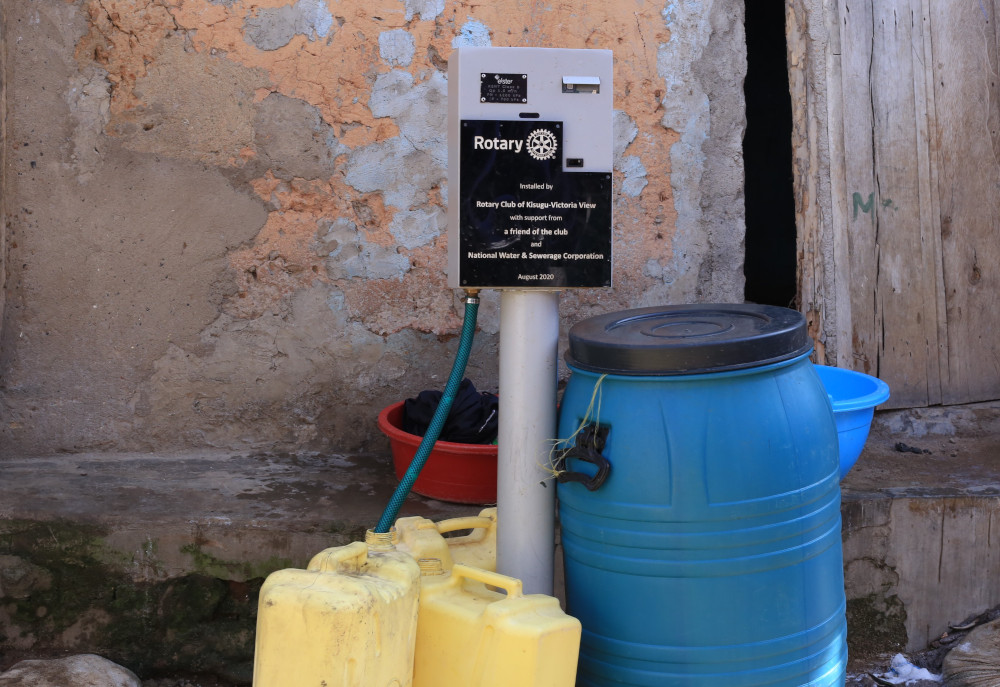
Figure 4: A new targeted digital installation for water access in Uganda: a venture of corporate social responsibility, under the guise of bringing infrastructure closer to the people, literally at their doorsteps. Kampala. Photo: Prince K. Guma, 2021
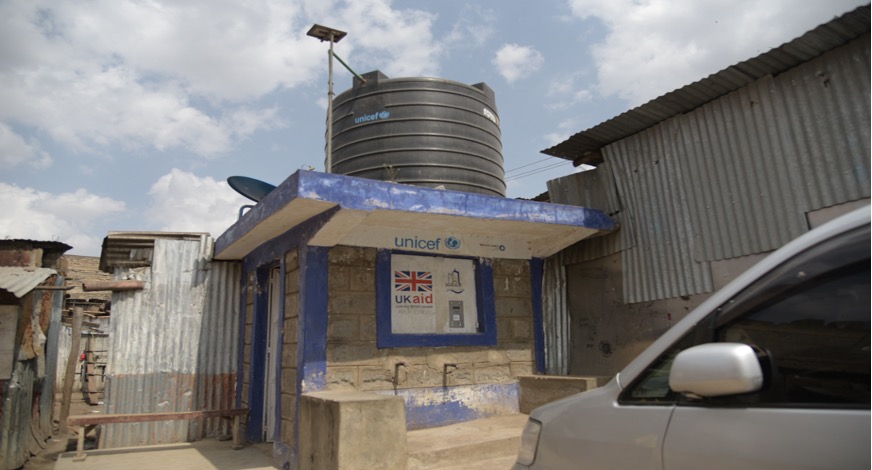
Figure 5: A new ‘ATM’ installation for water access in Nairobi, Kenya. Photo: Prince K. Guma, 2022
Responses to contestations of infrastructural futures…
In response to appropriations and contestations of digital infrastructural futures, service providers have had to face the reality in which urban populations continuously remodel and recalibrate prescribed technological plans and designs of standard infrastructures. With projects increasingly turning out as fundamentally contradictory enterprises upon being reinvented, reengineered and recalibrated, some only becoming parodies of their former self. Service providers have sometimes been left with no option but to simply dance to the tunes of social, economic and political logics at play. Likewise, technical experts and system builders (or designers), not knowing how to react to real-time incremental and splintered responses by urban populations, have mostly employed a mode of politics and practice synonymous with ‘hanging in there,’ ‘playing along,’ or ‘keeping away.’ Sometimes, they have resorted to the approach of ‘watch and learn’, often playing fiddle in ‘letting things be,’ watching closely, and ‘leading from behind’ as I have demonstrated through scenarios from the mobile age in Nairobi. There is a recognition and acceptance among technical experts, system builders, and service providers that urban infrastructure reflects nonlinear trajectories and temporalities of incompleteness. This recognition is based on a kind of acceptance that infrastructures are constantly being remade, for better or for worse.
As Simone reminds us, infrastructures are made partly through a myriad of interventions and incremental changes from the ground up. Simone describes diverse and exploratory practices of urbanism where instantiated social and material increments, rehearsals and revisions, improvisations and experimentations, planning and anticipation, become critical for the sustenance of infrastructure likely to lead to new opportunities or directions both temporary or long term. The idea of incremental infrastructure is extended in the work of Silver for instance, where postcolonial technological infrastructures that are essentially systemically deficient become inherently synonymous with incremental and material improvisations.
I have revealed elsewhere that standard infrastructures are subject to nonlinear trajectories and temporal incompleteness. In African cities, urban infrastructures tend to reside at the interstices of constant social and material repair, sometimes in suspended form at constant maintenance, and not necessarily because they are viewed as broken or ineffective, but because they are ultimately acknowledged as still or always in the making. Their incompleteness thus becomes a condition for their own survival and sustenance or recreation and longevity into new forms of city making and future making. Different actors including urban residents, interest groups and socio-political institutions, regulation authorities, political parties, agencies, and lobbyists who control, renegotiate and sometimes influence their performance, participate in different processes of appropriation and contestation as well as varied forms of micro-politics. These all contribute to continuous processes of reforming and revising infrastructures (when fluid) or trashing and discarding them (when fixed).
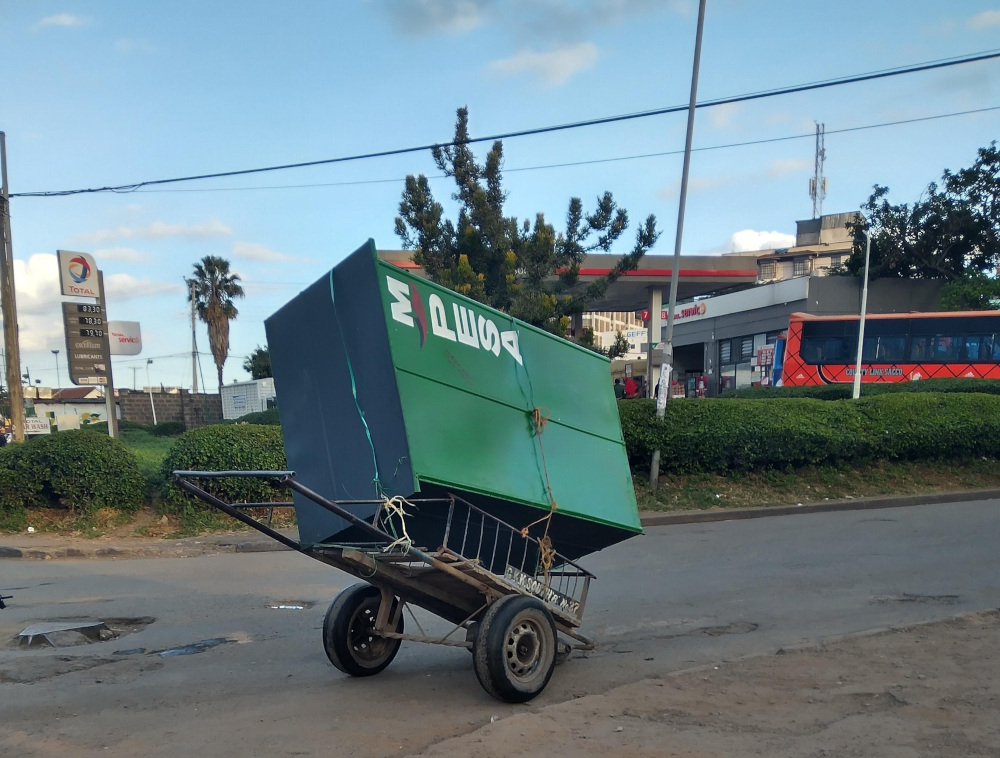
Figure 6: A refurbished M-Pesa kiosk on a handcart commonly referred to as Mkokoteni in Nairobi, Kenya. Photo: Prince K. Guma, 2020.
Concluding remarks…
As African cities are rapidly transforming in the digital age, the challenges facing infrastructural futures remain complex and diverse. On one hand, urban residents continue to appropriate and challenge new infrastructure projects, subjecting them to reparative realignments from below, while on the other hand, utility providers, technical experts and system developers continue to address them not simply as invisible and closed ended, but as domains that are visible and open to varied possibilities and futures. Infrastructures thus must be viewed as flexible and lucid systems whose futures can be repaired, stretched and expanded, tampered and repackaged, and modified and updated to fit context-specific realities and dynamics. This view and way of seeing renders problematic linear practices of ordering and opens up to the production of new (and complex forms of) sociotechnical arrangements, intertwinements and reconfigurations that shape new ways of seeing.
Urban infrastructures materialize against the backdrop of a blend of situated and spontaneous socio‐material practices within cities including prevailing and situated power relations of actors both state and non-state, local and international, democratic and non-democratic, pragmatic and speculative, as well as expert and novice. Their futures are bound to realities of uncertainty—due to continuous processes of incremental improvisation. Such materialisations reflect the setting and existential actualities of makeshift, vernacular, do it yourself, temporary, spontaneous and tactical urbanism. They reflect the imperative of processes of sociality, community, informality, and niching leading to redefinition of technology. They remind us of the vitality of directing further attention, in our study of infrastructure, to splintered and incremental responses and practices of the urban populations to conventional grid systems and standard infrastructure. They remind us of the need to transcend the idea that service providers, experts and system builders can simply impose their own idea and design (of closed systems) upon users and put such ideas and designs in command rather than in dialogue with users.
In summation therefore, it is important to appreciate that populations in urban Africa are always bound to open up, bring to bear supposedly hidden and insulated aspects of infrastructure in the open spaces where they live, work, and are to be found. Unlike in the global North where standard control rooms are understood to often be out of sight (secluded and managed by experts); in many African cities, the control rooms, proverbially speaking, are all out in the open (public—on the streets and in the communities and households where residents and users are to be found). In other words, urban populations are not simply sitting back and waiting for technical experts and specialists to provide all the answers and solutions to critical technical problems, but are rather actively engaged, playing significant roles in the continuous making, redesigning and renovating of the infrastructure. This pro-activeness of urban populations in many megacities in Africa might well be their effort to make urban infrastructure more inclusive, participatory and engaging. In the digital age, this also speaks to articulations from below—articulations that ultimately shape African digital infrastructural futures. It speaks to a kind of smartness from below; more so, one that is defined not just by imagined or standard globally sanctioned ideals, but also by ordinary, situated and grounded translations and articulations.
Prince K Guma (Twitter) is a researcher of cities, infrastructures and technologies in eastern Africa. His recent work, at the intersection of STS, urban studies, and postcolonial studies, examines the contingent and place-based articulations of cities, and how these are mediated through the diffusion and uptake of new plans, technologies and infrastructures both small and big. His findings are hoped to provide a menu for new explorations and contribute insights to debates on technology and urbanity in the global South and beyond.
All essays on African Futures
Introduction: Africa’s Urban Futures
Claire Mercer
City of the Future: Lagos and the Afropolitan Imagineering Project of Owambe Urbanism
Grace Adeniyi-Ogunyankin
‘Colour Ni Green’: Ecological Futures in Nairobi Outlaw Style
Wangui Kimari
Aesthetics and the Making of Urban Futures in Luanda, Angola
Claudia Gastrow
Appropriating and Contesting Digital Infrastructural Futures in Urban Africa
Prince K Guma
Land Commodification and Tenure (In)Security: Spotlight on Peri-urban Accra, Ghana’
Divine Asafo
Centring the ‘Urban State’ in African Urban Governance Debates
Liza Rose Cirolia
Related IJURR articles on African Futures
A Shadowy ‘City of Light’: Private Urbanism, Large-Scale Land Acquisition and Dispossession in Ghana
Austin Dziwornu Ablo, & Bjørn Enge Bertelsen
Conceptualizing African Urban Peripheries
Paula Meth, Tom Goodfellow, Alison Todes & Sarah Charlton
Cities, Creativities and Urban Creative Economies: Re‐descriptions and Make+Shifts from Sub‐Saharan Africa
Jenny Mbaye & Andy C Pratt
Identity Building Through Mediation by African Tailors
Sofia Vilarinho & Henri Christiaans
Infrastructure Disruption in ‘Silicon Savannah’: Exploring the Idea of the Creative Class and their Relation to Quality of Place in Nairobi, Kenya
Lauren Rosenberg & Alan Brent
The Creative Night‐Time Leisure Economy of Informal Drinking Venues
Andrew Charman & Thiresh Govender
The Green Masterplan: Crisis, State Transition and Urban Transformation in Post‐Genocide Rwanda
Shakirah Esmail Hudani
The Real Estate Frontier
Tom Gillespie
Day Zero and The Infrastructures of Climate Change: Water Governance, Inequality, and Infrastructural Politics in Cape Town’s Water Crisis
Nate Millington and Suraya Scheba
Urban States: The Presidency and Planning in Luanda, Angola
Claudia Gastrow
Forefronts of the Sharing Economy: Uber in Cape Town
Andrea Pollio
‘The City of Our Dream’: Owambe Urbanism and Low‐income Women’s Resistance in Ibadan, Nigeria
Grace Adeniyi Ogunyankin
Boundary Work: Becoming Middle Class in Suburban Dar es Salaam
Claire Mercer
Silence and Voice in Nigeria’s Hybrid Urban Water Markets: Implications for Local Governance of Public Goods
Charisma Shonté Acey
Global Urban Policymaking in Africa: A View from Angola Through the Redevelopment of the Bay of Luanda
Sylvia Croese
Urban Fortunes and Skeleton Cityscapes: Real Estate and Late Urbanization in Kigali and Addis Ababa
Tom Goodfellow
Sisyphean Dilemmas of Development: Contrasting Urban Infrastructure and Fiscal Policy Trends in Maputo, Mozambique
Gabriella Y. Carolini
Idioms of Accumulation: Corporate Accumulation by Dispossession in Urban Zimbabwe
Beacon Mbiba
‘No Condition is Permanent’: Informal Transport Workers and Labour Precarity in Africa’s Largest City
Daniel E Agbiboa
Building God’s City: The Political Economy of Prayer Camps in Nigeria
Asonzeh Ukah
